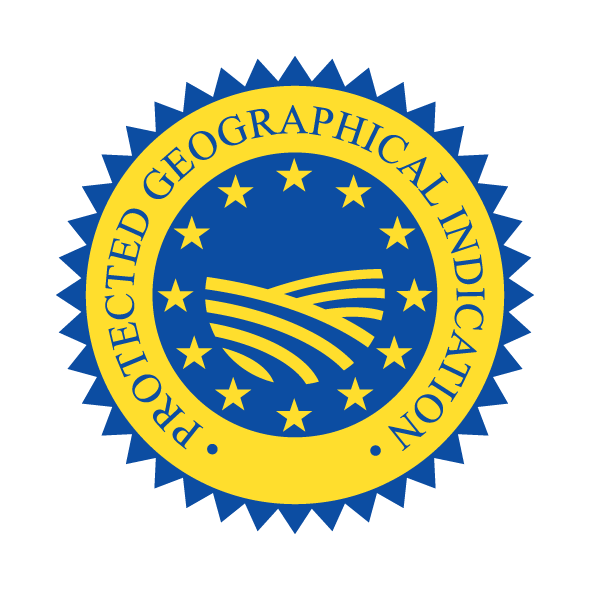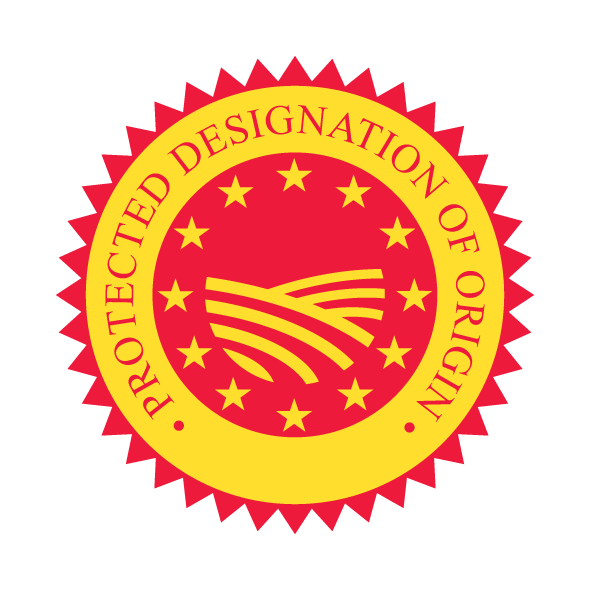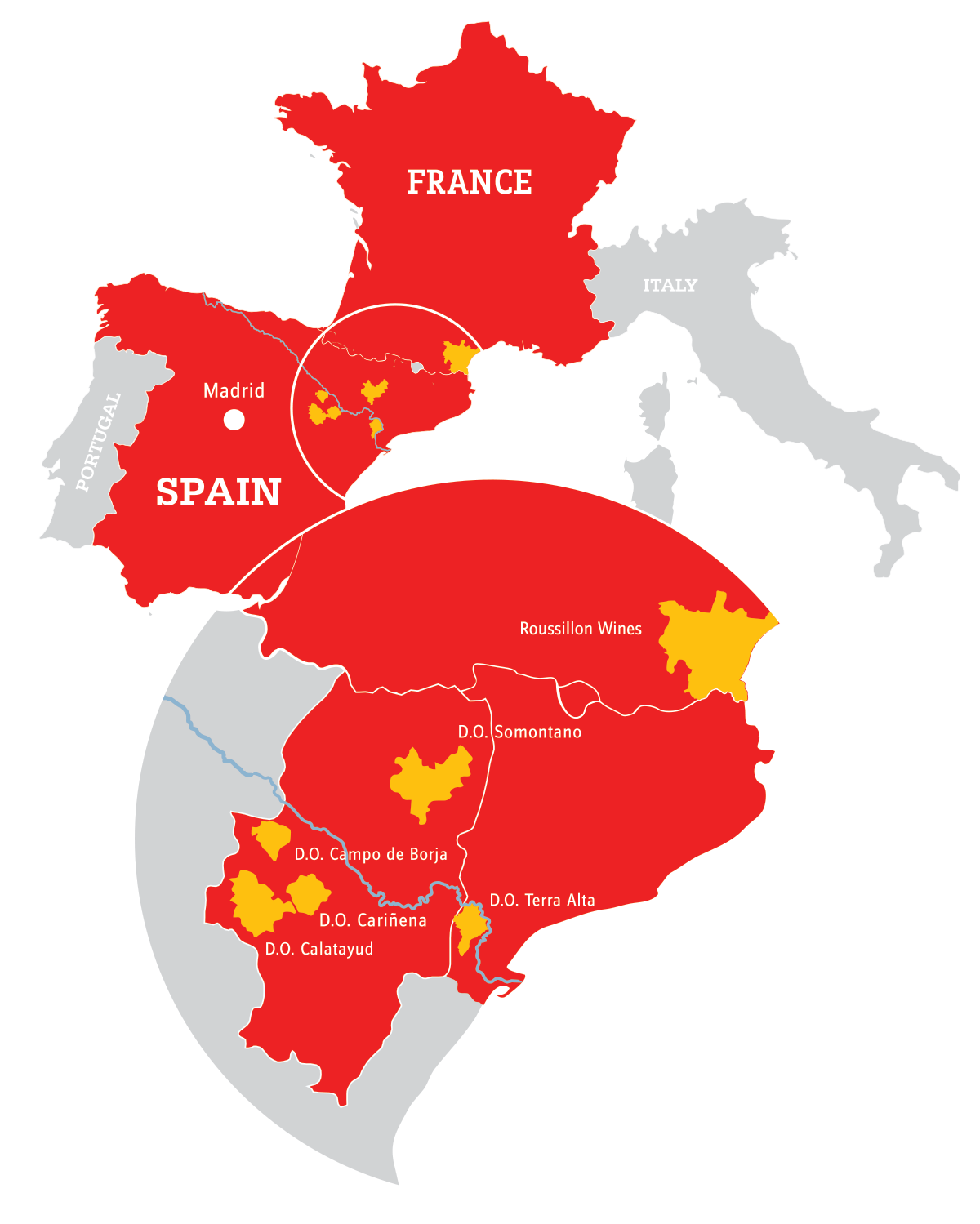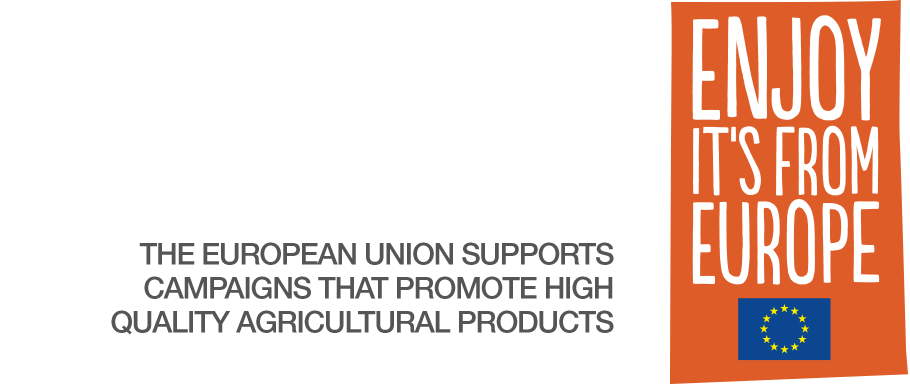You don’t need to be a genius to read a wine label, and if you appreciate Grenache, you’re already pretty sharp, we’d bet. But Grenache, or Garnacha as it’s known in Spain, is a versatile grape that makes wine with best-in-class quality across diverse styles around southern France and northeastern Spain. Some European Union–designated Geographical Indications are only the size of a small town and its surrounding farmland, others are restricted to certain wine styles and winemaking techniques, and each is distinct from the others in soil composition, climate and topography. It can be a lot to take in.
But the Protected Designations of Origin (PDOs) and Protected Geographical Indications (PGIs) are intended to help you, the wine buyer. These wines are guaranteed to meet EU standards of quality and provenance, and each must respect and represent the taste, typicity and traditions of its place of origin. Here’s a primer on the PDOs and PGIs for Garnacha/Grenache in southern France and northeastern Spain.
Garnacha PDOs (aka DO or Denominación de Origen wines) in Spain:
DO Calatayud: Arid climate with high diurnal temperature variation, vineyard elevations of 1,000 to 3,600 feet and predominantly limestone and slate soils. Red and white Garnacha make red, white, rosé and sparkling wines. Reds are full-bodied and rich with black fruit and mineral characteristics. DO Calatayud Superior reds must be at least 85% Garnacha from old vines (50-plus years) with low yields.
DO Campo de Borja: Continental climate with hot summers create strong wines that ward off disease. Red and white Garnacha make red, white, rosé and sparkling wines. Higher elevations yield subtle, elegant versions, while lower sites can produce powerful, aromatic wines.
DO Cariñena: Spain’s largest Garnacha DO, home to diverse styles and a surge in quality. There is high diurnal temperature variation, and brownish limestone soils over and under rocky subsoils predominate. Red and white Garnacha make red, white, rosé and sparkling wine. Powerful reds and fresh rosés feature intense cherry, floral, and herbal flavors. Winemakers are experimenting with carbonic maceration to extract fruit flavors, as well as minimal oak aging to preserve freshness and balance.
DO Somontano: “At the foot of the mountain” between the Ebro River and the Pyrenees, with poor soils composed of pebbles, sandstone and clay. The climate brings hot days, cool nights and moderately higher rainfall than nearby regions. Red and white Garnacha make red, white and rosé wine. Reds are modern in profile, with cherry, vanilla, chocolate and spice flavors. Whites are fruity, floral and herbaceous, with styles spanning from light and minerally to full and rich.
DO Terra Alta: Limestone and clay soils in a Mediterranean climate with abundant sunshine and strong winds. Red, white and peluda Garnacha (the latter named for its “hairy” leaves) make red, white, and rosé wine. Whites account for around 30% of global white Garnacha production and showcase citrus, peach and chalk accents. Reds have berry flavors and mineral aromas.
Grenache PDOs and PGIs (aka Appellation d’Origine Protégée or AOP wines, and Indication Géographique Protégée or IGP wines) in France:
AOP Côtes du Roussillon: Broad regional AOP, covering the Pyrenees in the west to the Mediterranean Sea to the east. Red, white and gray Grenache make red, white and rosé wine. Reds are fruity and spicy, rosés are refreshing and berry-fruited, and whites are delicate, elegant, citrusy and floral.
AOP Côtes du Roussillon Villages: More restricted AOP comprising 51 communes, mostly in the north of the Roussillon region, with top vineyards on the slopes rising from the Agly River. Only dry red wine is permitted, and five even smaller subregions may append their “village” names to the Côtes du Roussillon Villages designation. They are distinguished by soil composition: AOP Côtes du Roussillon Villages Latour de France, mainly Cambrian schist; AOP Côtes du Roussillon Villages Lesquerde, sand from gneiss and granite; AOP Côtes du Roussillon Villages Caramany, granite; and AOP Côtes du Roussillon Villages Tautavel, limestone and chalk. The fifth “village” AOP, farther south in the foothills of Canigou Massif, is AOP Côtes du Roussillon Villages Les Aspres, which has pebbly soils flecked with quartz, marble and other minerals.
AOP Maury Sec: AOP for Grenache-based dry red wines from an area distinguished by heat-retaining black schist soils. Wines are full-bodied with dark fruit and dense tannic structure.
AOP Collioure: AOP in the south of Roussillon distinguished by steep, terraced vineyards of gray Cambrian schist that overlook the Mediterranean. Red, white and gray Grenache make red, white and rosé wine.
AOP Maury: Vin doux naturel (VDN) AOP for Grenache-based fortified wine, usually sweet and red, from an area distinguished by heat-retaining black schist soils. Strong, black-fruited reds are labeled Grenat. Other styles include brick-colored and tawny wines sometimes aged in an oxidative environment: ambré, tuilé, hors d’age and rancio versions, which are often spicy, nutty and dried fruit–tinged. Some are vintage-dated and may be aged years, even a decade-plus, before bottling.
Banyuls: AOP for fortified VDN wine from just north of the Spanish border, distinguished by terraced vineyards of gray Cambrian schist overlooking the Mediterranean. White, red and gray Grenache make red, white, rosé and tawny wine. Vintage, hors d’age and rancio versions may be bottled; Banyuls Grand Cru wines must be tawnies aged in casks for at least 30 months.
AOP Rivesaltes: AOP for fortified VDN wine from a relatively large zone in Roussillon. Red, white and gray Grenache make red Grenat, rosé, ambré, tuilé, hors d’age and rancio styles, some from single vintages. Rivesaltes Ambré is a designation for prized tawny wines that range from fruity, light and amber in color, to dark golden-brown and very rich. For something a bit different, the Muscat de Rivesaltes AOP represents aromatic, vivacious fortified whites made from the Muscat d’Alexandrie and Muscat à Petits Grains grapes.
IGP Côtes Catalanes and IGP Côte Vermeille: IGPs for diverse wines from soil types and topographies across broad swaths of Roussillon; Côte Vermeille covers the southernmost coastal area. Red, white and gray Grenache make red, white, and rosé wines, often easy-drinking and accessibly priced. Rancio versions may be longer-aged, with a nutty, umami profile.










